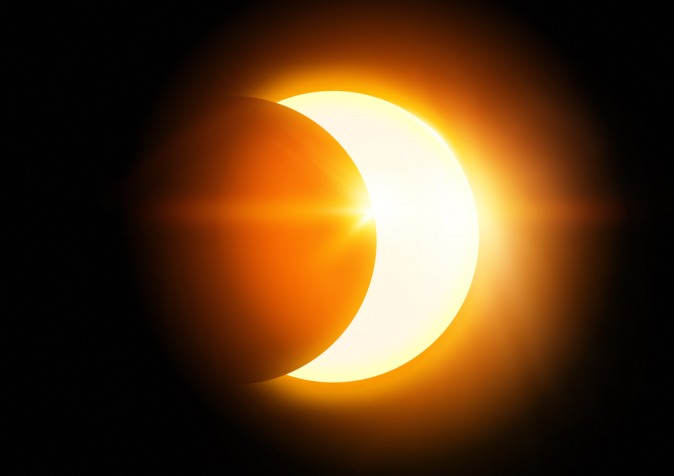For the partial solar eclipse that can be observed next August 21 in Mexico, UNAM scientists recommended not to look at it with the naked eye, not to use dark glasses, no matter how dark they are, nor to use X-rays, only those goggles certified with the norm ISO, as any other can damage the retina.
Also it can be seen with a glass of welder number 14, which is obtained in any hardware store and costs 20 pesos; and with a telescope that has a suitable filter.
A simple and safe way to observe the moment and the . . .






